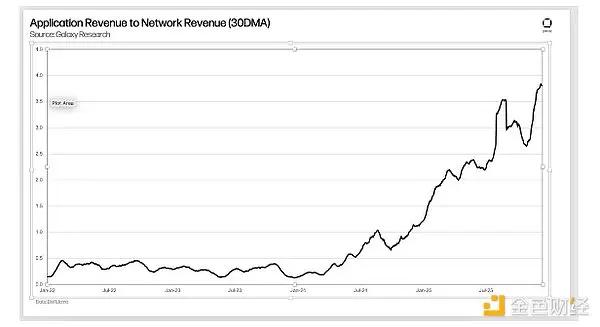U.S. Democratic Senator Kirsten Gillibrand recently stated that stablecoin issuers providing yield products could pose a threat to traditional banking and called for strict regulation.
Table of Contents
ToggleSenator Calls for Restricting Interest Provided by Stablecoin Issuers
At the DC Blockchain Summit on March 26 in Washington, D.C., New York Democratic Senator Gillibrand pointed out that stablecoin issuers should not provide interest for their products, as this could undermine the attractiveness of local banks and affect their ability to provide mortgage and small business loans.

If stablecoin issuers provide interest, people will lose the motivation to deposit funds in local banks. Without deposits, small banks will no longer be able to provide loans, which will lead to the collapse of the financial services system that people rely on.
Financial Giants Rush into Stablecoin Market: Interest Becomes Key to Popularization
However, major financial institutions are actively positioning themselves in the stablecoin era, and whether they offer interest has become a distinguishing feature:
Bank of America: Interested in issuing its own stablecoin after regulatory implementation.
Standard Chartered: Plans to launch a stablecoin pegged to the Hong Kong dollar.
- Custodia and Vantage Bank: Jointly launching the bank stablecoin Avit, offering tokenized USD demand deposit services.
PayPal: Expanding the application of stablecoin PYUSD, integrating it into more commercial payment scenarios.
Stripe: Acquiring the stablecoin platform Bridge for $1.1 billion, demonstrating confidence in the future of digital payments.
- Figure Markets: Issuance of yield-bearing stablecoin YLDS has been approved.
Revolut: Exploring the launch of its own stablecoin.
Visa: Expected to launch a Euro stablecoin with European banking giant BBVA next year and provide stablecoin issuance services to banks.
(People may die, but Bitcoin is eternal! MicroStrategy's Saylor: $10 trillion stablecoin becomes a U.S. weapon, Bitcoin becomes a hundred trillion-level moat)
Promoting Strict Financial Regulation in New York State
Gillibrand also proudly stated that New York State has the world's strictest financial regulatory laws and suggested applying these regulations to all financial service areas:
These regulations should apply to stablecoin issuers at both the state and federal levels to ensure compliance with existing laws and protect consumer safety.
(Stablecoin bill about to pass: Which TradFi and protocols will benefit? How should investors position themselves?)
Stablecoin Legislation Progress and Controversy
As a co-sponsor of the National Innovation Guidance and Establishment Act for U.S. Stablecoins (GENIUS Act), Gillibrand, along with Senator Bill Hagerty, proposed the bill in February, aiming to establish a comprehensive regulatory framework for digital fiat currency tokens.
Earlier this month, Hagerty updated the bill, adding stricter anti-money laundering provisions, Know Your Customer (KYC) verification requirements, financial transparency regulations, and consumer protection measures.
However, the bill has also sparked some criticism. Jean Rausis, co-founder of decentralized exchange SmarDex, pointed out that this could be an attempt to establish a central bank digital currency (CBDC) in the U.S. through privatization:
Centralized stablecoins could provide avenues for financial censorship and national monitoring, potentially leading to the government's ability to freeze funds or exclude individuals from the financial system.
As stablecoins and digital assets become increasingly prevalent, the boundaries and roles of financial regulation are facing challenges of redefinition. Gillibrand's warning reflects legislators' deep concern about balancing traditional banking and emerging financial technology. How to reach a consensus between innovation and stability will become a key issue in US financial policy.
Risk Warning
Cryptocurrency investment carries high risks, and its prices may fluctuate dramatically. You may lose all your principal. Please carefully assess the risks.







